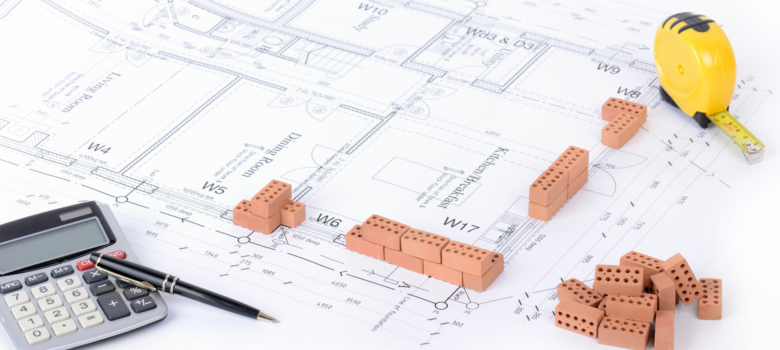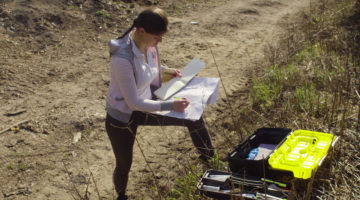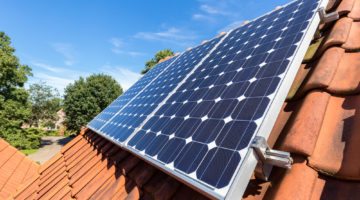
Like many big purchases or renovations, solar panels come with a lot of paperwork. It’s not as much here in the UK as in some other parts of the world, but you still might want to consider investing in a ringbinder and hole punch.
Planning Permission for Solar Panels
The good news is that here in the UK there is no requirement for planning permission for solar panels. The government is keen for people to install them so the regulations are left intentionally lenient . There are some restrictions though.
Restrictions
- Panels can’t be installed above the highest part of the roof (excluding the chimney)
- They can’t stick out more than 20 cm from the roof (although it would be pretty unusual if they did)
- The panels are supposed to be placed so as not to have too big of an impact on the building. The actual regs for this are pretty vague and not particularly stringent – it’s not as if you can actually hide a solar panel (yet). The intention though is to prevent people from whacking huge solar system up and completely obliterating any architectural and aesthetic integrity.
- If you no longer have any use for your panels or they’ve broken and you’re choosing not to replace them, you’re required to take them down in a timely manner. In reality this is not a rule that’s very heavily enforced, but it’s still on the list of requirements.
- Scotland has some additional rules regarding solar panels on exterior walls, blocks or flats, and flat roofed buildings
Listed Buildings and World Heritage Sites
- The panels must not be installed on a building that is within the grounds of a listed building or on a site designated as a scheduled monument.
- If your property is in a conservation area, or in a World Heritage Site, panels must not be fitted to a wall which fronts a highway.
Stand Alone Panels
- Stand alone panels are subject to the same requirements for minimum impact placement and removal
- While the first installation can put up without permission, any subsequent systems are subject to planning permission
- There’s a size restriction of 9m2 for any standalone arrays
- No part of the installation can be above 4 metres – if two of your friends are standing on your shoulders and not able to reach the top then it’s too high
- To qualify as a standalone solar system the panels have to be at least 5 metres from the property
- Stand alone’s can’t be installed within the boundary of listed buildings or scheduled monuments
- In conservation areas and World Heritage Sites no part of the solar installation should be nearer to any highway bounding the house than the part of the house that is nearest to that highway. I had to read that sentence about 5 times before I understood it – essentially your panels can’t be closer to a road than any part of your property.
Building Regulations
Roof
The load-bearing abilities of the roof have to be checked and proven. If it’s deemed not to be strong enough then you might have to get some additional work done to ensure that it’s safe – no one wants to be killed by a falling solar panel.
Microgeneration Certification Scheme
Building regulation disputes can be a huge pain in the neck and drag on seemingly forever, so we strongly advise using an installer registered and certified by the Microgeneration Certification Scheme (MCS). You can find a full list of these trusted installers here, or by filling out the contact form below.
Feed-In Tariff
Unless you’re running a commercial or enormous solar system, you fall into the FIT category of ‘small installations’ – the average domestic PV these days is around 4kW, you’d have to have more than 12 times that power to qualify as a large installation.
To qualify for the scheme, the most important pieces of paper you’ll need are a Microgeneration Certification Scheme (MCS) certification and an Energy Performance Certificate (EPC) rated D or above. The MCS certificate proves that your system was fitted by an approved installer, while the EPC proves the energy efficiency of the house. For older buildings, achieving an EPC of at least a D may require some home improvements.
Think we missed something? Do you have a different opinion?
Comment below to get your voice heard…













Our house in development on the Wirral and built in 2017 has a covenant denying us the installation of soler panels. With the growing concerns about the environment and the rising energy costs, can this covenant be removed?
Does any body have to be informed when solar panels are being installed and is there a maximum permitted size of domestic installation